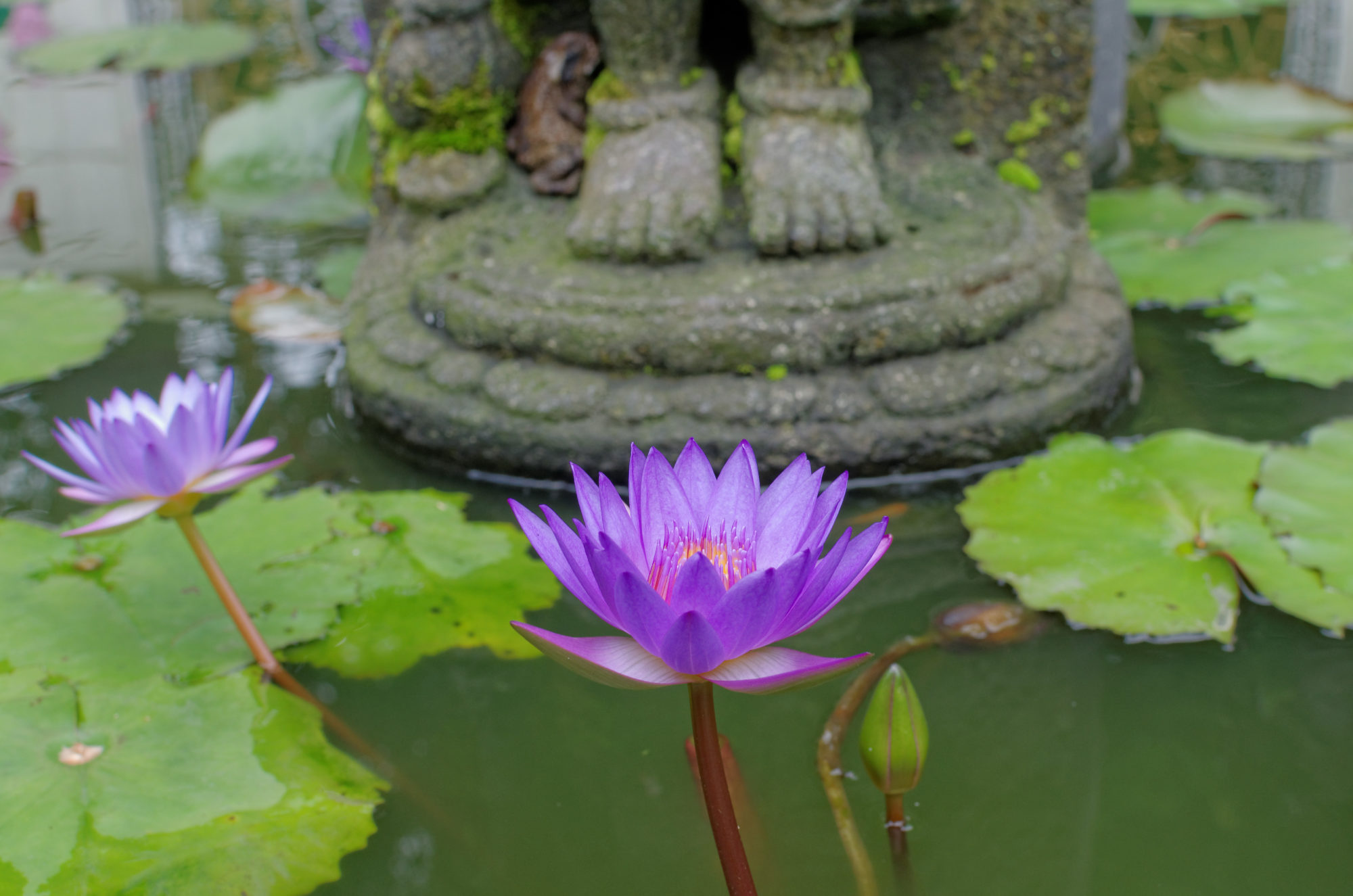Both Freud and Jung were keenly attuned to the nexus between dreams, madness, and hallucinations. For his part, Freud considered the dream on a par with psychosis insofar within the parameters of the dream we concoct an unreal world that we regard as real and the line between truth and untruth is blurred—indeed, the dream image is true to the extent that it is untrue and untrue to the extent that it is true. Jung, too, was mindful of the fact that the sensuous distinctness associated with the oneiric rises to the level of hallucinating clearness. That clarity is linked to hallucination bespeaks the fact that a mindset judged by societal mores as anomalous may actually divulge a greater degree of perceptual acuity and hence what is conventionally considered to be lucidity is, in truth, obfuscation—the opposite, I might add, of what we typically find in political discourse. In my contribution to the seminar, I will explore the far reaching cultural and psychological implications of the psychoanalytic juxtaposition of dreams and delirium, especially as they might contribute to a phenomenology of religious experience. In particular, I will illumine Jung’s assertion that the dream is a form of normal insanity from mystical sources. Dreams, I will argue, provide us with a mechanism to restore the possibility of reason’s dialogue with unreason. Finally, I will use the dream phenomenon to illustrate the nonphenomenolizable horizon of the appearance of the inapparent and the consequent depersonalization of personhood, that is, the idea of self without a self, the self that appears by not appearing, since the identity of the dreamer both constitutes and is constituted by the dream.In that respect, paraphrasing Laruelle, we can speak of the dream without dreaming or what I call the configuring nothing and the disfiguration at the limits of imaginality.
Readings:
Nancy, Jean-Luc. The Fall of Sleep. New York: Fordham University Press, 2009.
Additional reading:
Sigmund Freud, Interpretations of Dreams.
Carl Jung, The Red Book.
